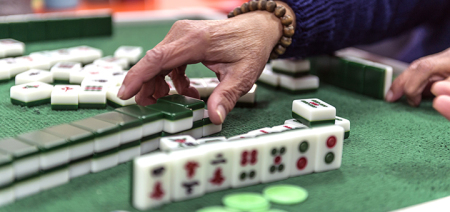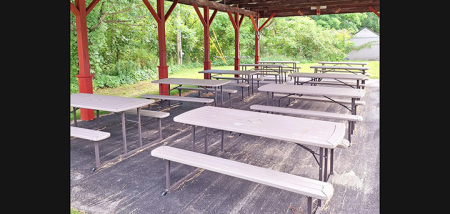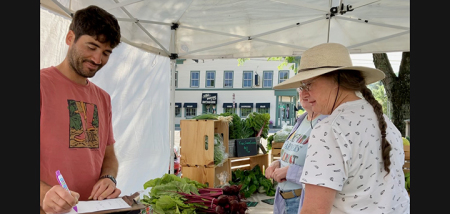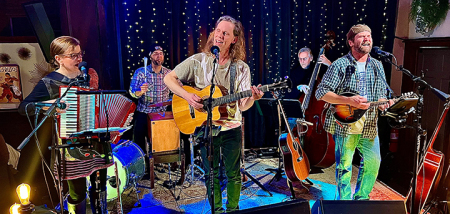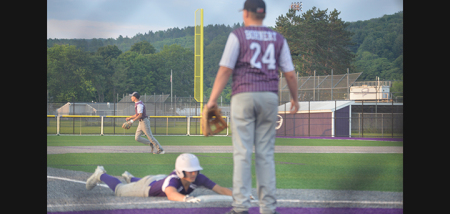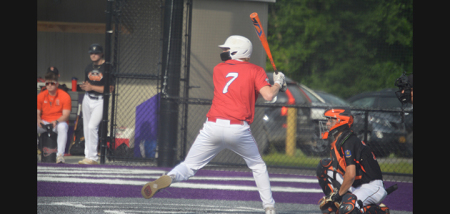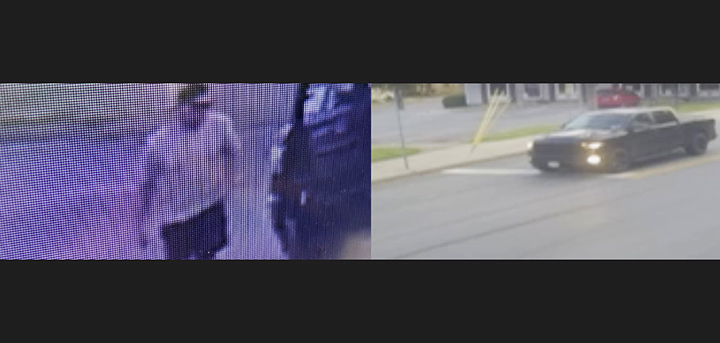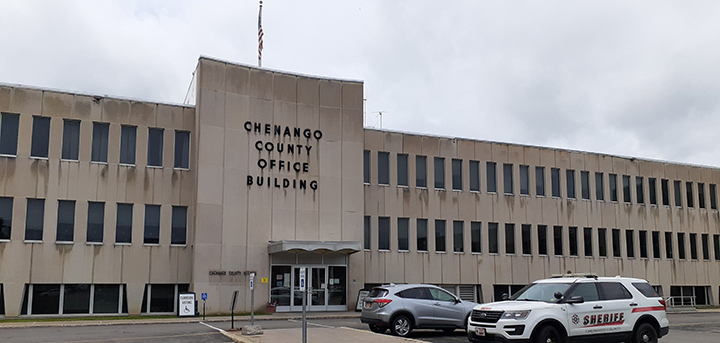Lessons Learned From Bar Fights
Published:
January 10th, 2018

By Joe Angelino
Sun Columnist
For 6 months, every Wednesday, I have offered my thoughts to readers of this paper. Surprisingly, many of you read these columns and let me know your thoughts on the various topics. That’s perfect; whether you agree with me or not, the discussion came to the surface for verbal banter, and for that I thank you. There is a reoccurring comment from people chatting about these columns; “I’d thought you’d write more about your police experiences.”
Indeed, law enforcement was a huge part of my life and I have stories and anecdotes aplenty. Because we live in a small town, many of those stories would not be appropriate to tell. Even the most humorous stories could cause angst for others. My longevity as a police chief was in part because my discretion was used wisely.
What I can pass on are some general observations I’ve made over the past 39 years responding to, investigating bar fights. Only a few people have witnessed a non-sanctioned public fight, and even fewer still actually have been a participant. Those witnesses and participants were almost always under the influence of beer, wine or liquor, making an officer’s observations more relevant.
My education as a young deputy sheriff and later a patrolman came from wise World War II era veterans who worked during the heyday of bar room fighting; one in particular was Joachim “Yock” Liberatore, who owned the New Deal bar before his police career, an expert if there ever was one. Upon my transfer from the Chenango County Sheriff to the Norwich Police immediately I noticed a huge difference between responding to a bar fight as a county deputy compared to a city police patrolman.
As a deputy responding to some far-flung fight, the 30 minute travel time all but assured the active fighting would be over when we arrived. When I became a patrolman, with 3 square miles of patrol area, a response to a Disorderly Patron call only took a minute or two and with regularity, the fight was still going strong upon our arrival.
Brawls between disagreeing drunks were common, and a man fighting over women was also a repeating theme, but another popular occurrence is the guy at the bar who gets cut-off by the proprietor. The exchange of words quickly escalates to physical contact as the bartender, aided by friends, tries to remove the lout. The lout by now has grown beer muscles and refuses to exit with the same agility as a cat being placed in a bathtub.
Women too get involved in bar room altercations with great frequency. In my experience, women tend to throw things at their opponent; beer bottles, high-ball glasses and in some cases bar stools. In the days of cigarette smoking, heavy glass ashtrays were often a weapon of choice. When women do engage in hand-to-hand combat, they never let go of their adversary, particularly true if they have a grip on the other person’s hair. My eyes have scares by the sight of two women, twirling like a tornado, gripping each other’s manes refusing to let go until the pepper spray demands it.
The skill needed by police officers to interview witnesses of a bar fight cannot be understated. Asking an inebriated crowd in front of a bar “who saw what happened?” never works well. Those who want to talk always have a one-sided version, which in most cases upsets witnesses with opposing points of view, and with some regularity starts another brawl. A well-established method to locate a witness in a crowd is to find the guy who won’t initiate eye contact with the police. He probably knows what happened. And if the no-eye-contact-guy has his hands in his pockets, it is a certainty he knows exactly what happened and he is trying to go unnoticed by the inquiring officers by appearing insignificant.
The recent rise of cameras in public establishments makes investigating these incidents much easier. No longer do the police need to depend upon some drunken witness, spewing spittle on their uniform, to get the sequence of events correct. Asking to view the recordings has some tell-tale rationale too. If the proprietor readily offers the video he is trying to avoid liability and assist, if the proprietor refuses to let the officer view the video or claims the system is malfunctioning, there might be an ulterior motive.
The best lesson learned responding to bar fights is the fact a police officer, deputy or trooper is never required to engage in the fight. The presence and authority are all that is necessary for the law officer to “keep the peace”. But in reality we are dealing with drunken people whose senses are somewhat dulled. If anyone choses to somehow make unwanted contact with a police officer, it is almost guaranteed that person’s arrest will soon follow.
A few years ago, an officer arresting a person in a bar brawl almost always meant a physical confrontation, possibly an injured officer, a torn uniform and the certainty of Resisting Arrest paperwork that follows. Because of recent technological inventions, police officers seldom get injured when a member of the criminal class chooses to resist arrest. The Taser has quickly gained the reputation of respect when deployed and distress when employed.
A bar fight can still break out anyplace, reputable or seedy, at any time because of the powers of alcohol. However, the strict enforcement of drunken driving laws has made drunks in bars, and the riots caused by them, a rarity. Wrapping up this essay I’ll leave with the long-gone names of places conjured up while typing this essay; the Silver Rail, the Central Hotel, the Zoo, the Rooster Tail, the Valley House, Matt Dillon’s, Charlie Brown’s Place, The Poor House, the Eagle Hotel, the Riverside, the Junction Restaurant of your choice, Nineveh or Otselic and finally the Brisben Grill.
Comments


